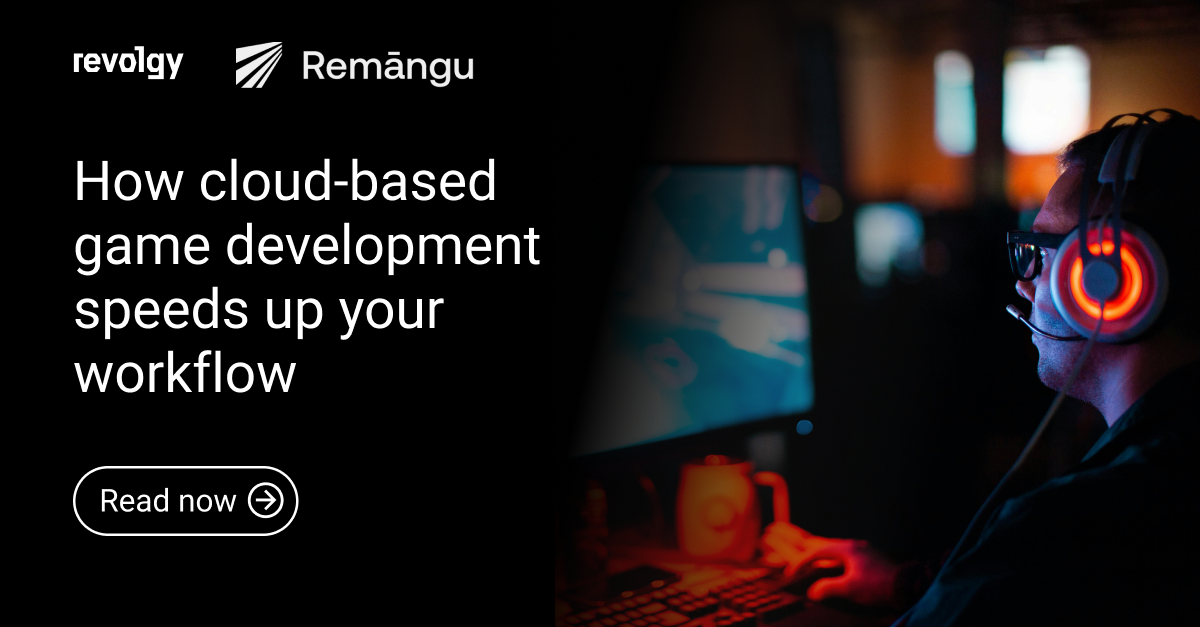Gaming
Game decommissioning: When beloved games shut down
Every year, new titles with amazing graphics and immersive experiences enter the market, pushing the boundaries of what’s possible in the gaming industry. But the constant progress can leave the older games behind, and sometimes, a difficult decision comes up: is it time to say goodbye?
What is game decommissioning?
Game decommissioning is the planned shutdown of a game’s functionalities. This can be a partial shutdown — like shutting down multiplayer — or a complete shutdown, losing server support and making the entire game unplayable.
Even though studios announce their decommissioning of a game, it can still be a harsh blow for players. There can be a lot of frustration in losing the in-game progress they’ve invested time in, the lost leaderboards, discontinued achievements, or watching a once vibrant online community disappear. More than just lost data, it can feel like a piece of gaming history, and cherished memories associated with the game itself are fading away.
Why decommission games?
Decommissioning usually happens to older games, refocusing the studio’s resources on newer or more popular games with a bigger player base. Recent game decommissioning includes Ubisoft’s Assassin’s Creed II and III, or Far Cry, among others.
The burden of keeping old code alive
Imagine maintaining a house built decades ago. The wiring might be outdated, the plumbing a mystery, and spare parts nearly impossible to find. That’s the challenge developers face with keeping alive the legacy code written for older technology behind decommissioned games.
For old code, we might not be talking about old wiring or plumbing but rather about a programming language that’s no longer widely used, missing documentation slowing down the debugging process, or newer tools not being compatible with legacy code. All this, coupled with dwindling returns versus costs, and you might find yourself standing before the only possible solution.
Keeping an online game running requires constant server upkeep. These servers cost money to maintain, power, and cool. As a game ages and its player base shrinks, the cost of maintaining those servers can become a significant financial burden, a challenge that effective Cloud FinOps practices aim to solve.
Game preservation efforts
Thankfully, a growing movement is dedicated to game preservation, ensuring these digital experiences aren’t lost to time.
Organizations like The Strong National Museum of Play are building massive digital libraries and archives dedicated to preserving video games. Besides that, fan communities often contribute significantly to game preservation as well. Their efforts might involve creating detailed digital archives of game manuals, soundtracks, concept art, reverse-engineering code to ensure long-term accessibility, or developing emulators to keep games playable.
However, all these efforts face challenges, too. Copyright laws can make it difficult to archive and distribute copyrighted games, while emulation can be a legal gray area, and maintaining fan-made servers requires ongoing technical expertise. These challenges highlight the need for more sustainable solutions for game preservation.
Cloud solutions
The cloud offers a potential solution for preserving access to older games. Cloud-based services could allow players to stream older titles directly to their devices, be it a computer, phone, or console. Similar to Netflix.
However, this, too, isn’t without its challenges. You’ve got the latency issues and technical hurdles of porting older games to the cloud, plus the high costs associated with the migration and running your infrastructure in the cloud, making it necessary to weigh the costs against the potential revenue generated by offering access to older titles.
While game decommissioning can feel like the end of an era, it doesn’t have to be the final chapter. Did you know that Revolgy has developed its own game studio in the cloud called Remāngu, allowing you to create new games entirely in the cloud? Contact us, find out how, and enjoy a free Remāngu trial.
FAQs
Q1: What is game decommissioning?
Game decommissioning is the planned shutdown of a game’s functionalities. This can be a partial shutdown, like turning off multiplayer modes, or a complete shutdown that removes server support and makes the entire game unplayable.
Q2: Why do studios shut down their older games?
Decommissioning usually happens to older games so the studio can refocus its resources on newer or more popular games with a larger player base. As a game ages and its community shrinks, the cost of maintaining servers and legacy code can become a significant financial burden.
Q3: What makes maintaining the “legacy code” of old games so difficult for developers?
Maintaining old code is challenging for several reasons: it may be written in a programming language that is no longer widely used, it often lacks documentation which slows down debugging, and newer development tools may not be compatible with it.
Q4: What efforts are being made to preserve decommissioned games?
There is a growing game preservation movement. Organizations like The Strong National Museum of Play are building digital libraries and archives. Additionally, fan communities contribute by archiving game manuals and art, reverse-engineering code, and developing emulators to keep games playable.
Q5: What are the main obstacles to game preservation efforts?
Game preservation faces several challenges. Copyright laws can make it difficult to legally archive and distribute games, emulation can be a legal gray area, and maintaining fan-made servers requires ongoing technical expertise.
Q6: How could cloud technology potentially help in preserving access to older games?
The cloud could offer a solution by allowing players to stream older game titles directly to their devices, such as a computer, phone, or console, in a manner similar to how Netflix streams movies.
Q7: What are the challenges associated with using the cloud for game preservation?
Using the cloud for preservation is not without its own challenges. These include potential latency issues, technical difficulties in porting older games to the cloud, and the high costs of migration and running the cloud infrastructure.



